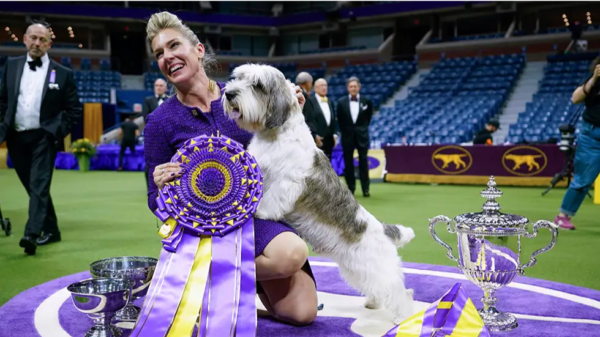
Does winemaking resemble dog breeding? It’s a provocative question but not a facetious one. The thought came to me while having lunch with an old friend (now in his eighties) who groused “that not enough Chablis today tastes like Chablis.” For him, a quality wine must always taste like what it is. But what exactly is Chablis?
The legal apparatus we know as the appellation system exists to uphold the idea that there is indeed something called Chablis. It accomplishes this by publishing rules about how wines in general (and Chablis in particular) may be made. These include things like where grapes may be planted, what varieties may used in what percentages, when fruit must be picked in what quantities, and how and for what duration the resulting wine must be aged before release. The goal is to see the written standards incarnated as faithfully as possible in an individual wine.
When the system succeeds, conforming wines of a given standard display a marked similarity in the way they smell, taste, and feel — within certain agreed-upon limits of variability. Broadly speaking, those that hew most closely to the replicated form are thought to be most authentic. This is exactly where it begins to get doggy.
Among canine fanciers, breeding and judging is guided by the standards established by a governing authority — the American Kennel Club, for example. The goal is to see the written standard expressed in the body of a given pooch, and for breeders to produce (and reproduce) dogs that conform to it. Judges refer to the standard when distinguishing best from also rans. (Who’s a good boy, Champ?)
View the AKC rules for any breed online, and you may be struck, as I have, by their formal resemblance to the guidelines each country provides for appellation-qualifying wines. In both cases, the aim is replication of the approved form.
The process and its outcomes owe something to nature, certainly, but much more to the cultural consensus that develops over time concerning the shape a certain wine (or breed of dog) should take. To the degree and for as long as winemakers, breeders, fanciers, judges and critics consent to these standards, the consensus is reinforced and perpetuated. Both Chablis and the Petit Basset Griffon Vendéen have long since gone beyond what haphazard natural processes could make of them and morphed, under human supervision, into what they are today: stable, governable social constructs.*
It’s fair to say that each of the groups I mention above benefits in some way from the agreement they enter into. For my friend, having a notion of the Chablis form allows him to make quality judgments about wine that would otherwise be quite a bit more difficult. For dog lovers, it makes spectacles like the ever-entertaining Westminster event possible. We tune in to witness the written standard finding its ideal embodiment in a single, poised, impeccably groomed, wet-nosed contender. The dog who would be king.
Consensual forms only work if they either remain stationary or at least change slowly as stakeholders inch along together. Once a movement aimed at abandoning these norms gathered steam, all bets would be off and the expertise consumers, somms, breeders and judges of every sort have spent years accumulating would become terrifyingly obsolete.
With dogs, as with wine, that level of change isn’t likely to happen soon, if ever. But if it should, that loveable mutt of yours might just have a shot at Best in Show.
*Hats off to the late French philosopher/sociologist Bruno Latour for the concept.